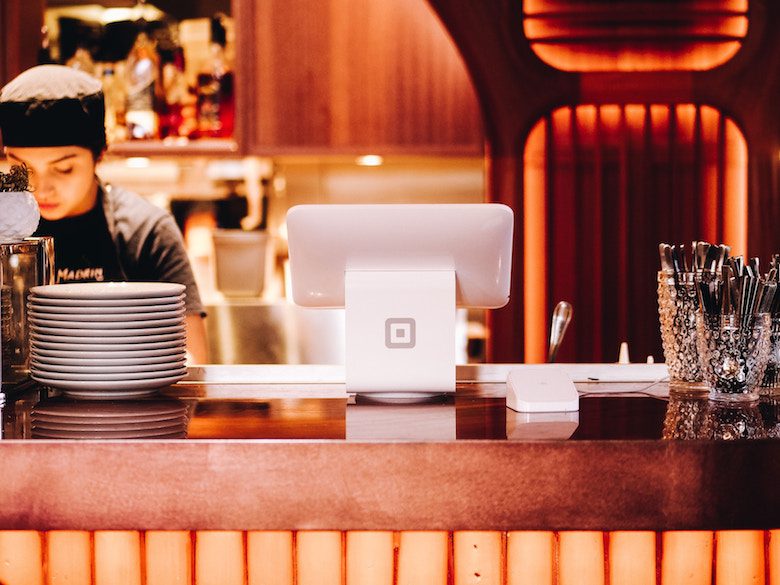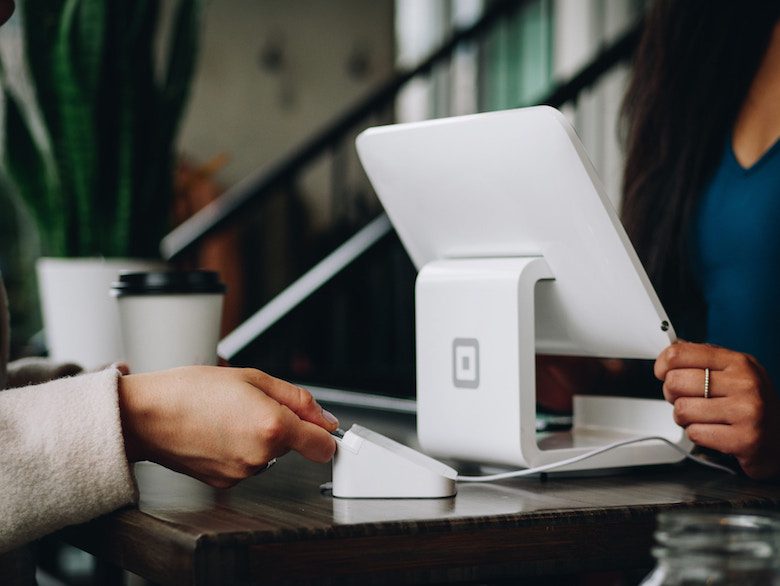If you’re thinking about how to modernise your restaurant, cafe or retail business, our new series will show you how. We’ll give you the lowdown on some of the new technology available and explain changes you can make to bring your business up-to-date and at the cutting edge of your field. Things move fast and it’s sometimes hard to keep pace, especially when you’re busy running a restaurant or launching a new venture. Which is why we wanted to develop this series of posts to give you simple pointers that cover interior design, tech innovations and other ways you can help your business to thrive now and in the future.

For the first post on how to modernise your business, we’re looking at going cashless. This means no more transactions using coins and banknotes, just digitally processed payments. It’s a big step but one that several businesses have taken. For the teams at Tossed, Habitat Cafe and Small Bar, for example, going cashless has been a big success. And in Sweden less than 2% of transactions involve coins or banknotes. But is it the right way to modernise your business? Here’s everything you need to know about going cashless:
- what’s happening currently on our high streets
- how to go cashless
- the pros and cons of switching to digital payments.
Is cash’s time up?
Since 2017 card payments have overtaken cash transactions across the UK. Now, around 7 in every 10 sales are made using cards or contactless payments. The decision by some retailers, restaurants and cafes to stop using cash altogether has caused some controversy, and the issue is sensitive given that a large proportion of the population only carry cash. For the poorest in society access to the internet, contactless technology and even bank accounts is impossible, meaning they would be unable to access a cashless venue’s products. Older people may also not be familiar with card and cashless technology, which would again put them at a disadvantage.
Whilst many predict cash will become obsolete in the near future, others use these examples to argue for the need for businesses to offer both cash and card payments. So, what might be best for your business?

Should my small business go cashless? The pros and cons
Pros of going cashless
- You’re less vulnerable to crime and staff feel safer on the premises
- Far less staff time is spent handling cash – counting, doing the floats and delivering it to the bank – which makes them happier
- Your accounts can be digitally updated
- Quicker for customers – fewer queues mean happy customers, and taking cash out of a transaction can cut the time it takes to be served by one third
- Card payment charges decrease when you reach a certain threshold
- Small venues, like delis and sandwich bars, benefit as cash takings may already be very small, but they are still spending time taking it to the bank and processing it
- Technology is driving towards biometric payments, meaning even faster serving times
- It’s more convenient for most customers
- People spend more when using a card
- You avoid mistakes made by staff miscounting (or even stealing) cash
- In many small towns and rural areas banks are closing local branches, making it hard to pay cash in at all
Cons of going cashless
- It could exclude some customers, and reduce your trade
- You are more exposed to technical breakdown and power outages
- There’s more risk of fraud and data misuse
- It’s tricky to give tips directly to specific staff
- Foreign customers might not be able to use their cards
- If you run outdoor events or are a mobile outlet it could be hard to connect to the internet
- You are charged for card transactions, and these charges could increase in the future (especially if cash has been completely phased out)
- It can be expensive to set up and to keep the tech upgraded and maintained

How to go cashless
If you decide that you want to move your bar, restaurant or retail business over to cashless transactions, make sure you give customers plenty of notice. Put up visible, bold signs letting them know that you will be going cashless, and keep a sign outside so people are aware before they start queuing or sit down. Discuss with your staff what they would need in terms of training and how you would manage their tips.
There’s no doubt that modern technology has lots of benefits, particularly for small businesses. But whatever you decide make sure you’ve considered all the advantages and disadvantages so you can avoid problems.
For an example of a UK cafe that has successfully gone cashless go here. And for more on how to update your interior space go here.